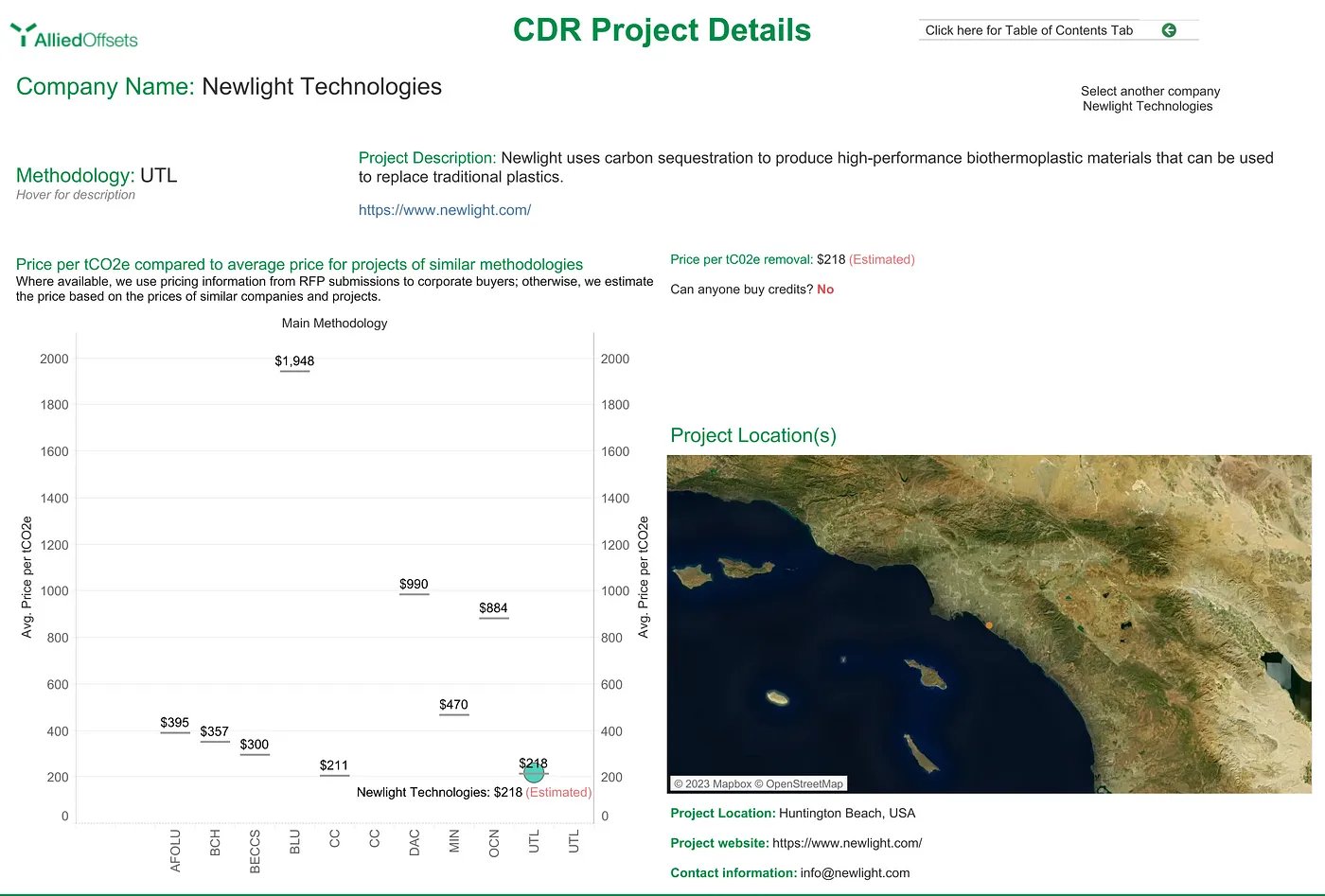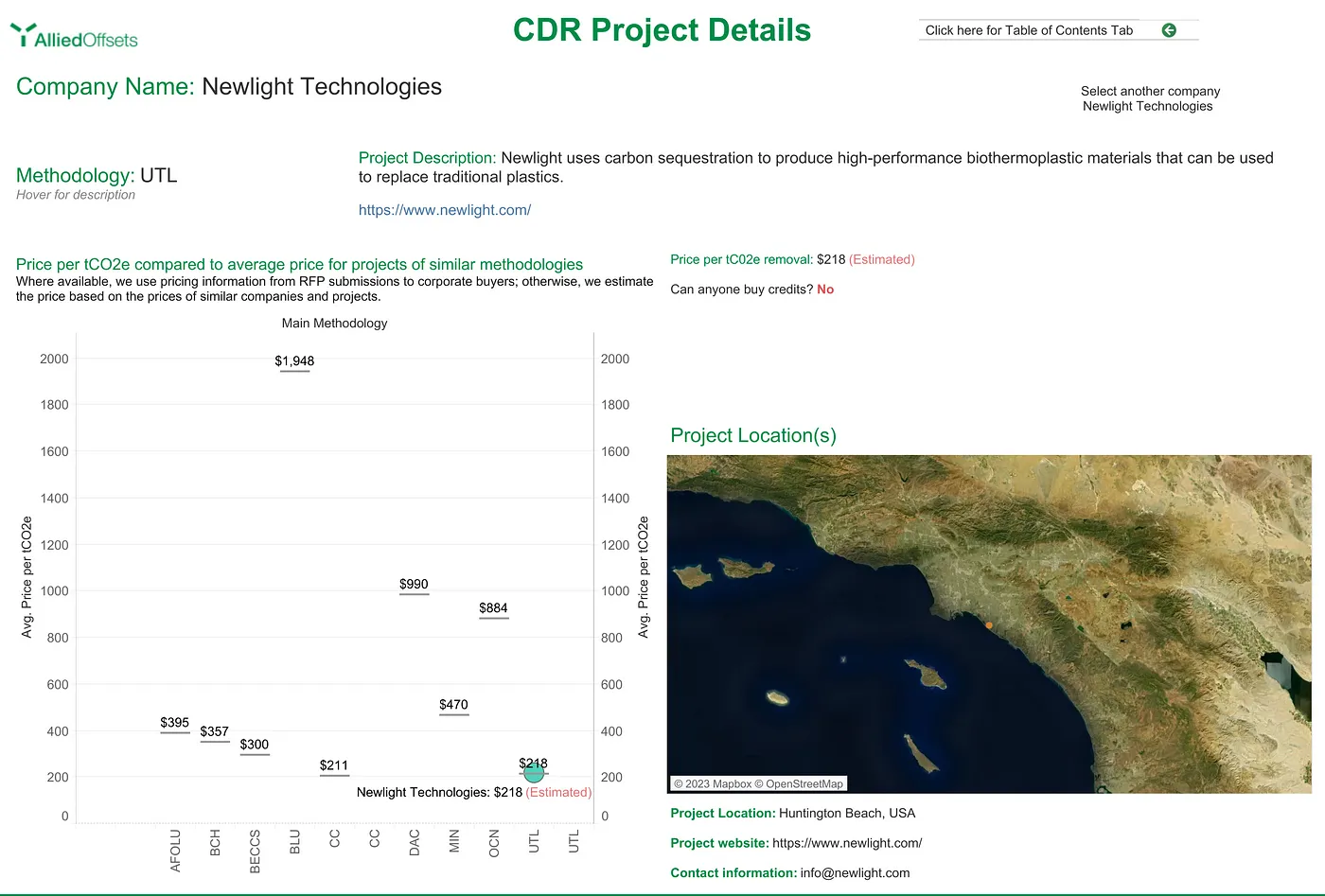
In this blog post, we will introduce carbon dioxide removal (CDR) methodologies which will have an important role in limiting global warming to 1.5C, as stated by the Paris Agreement.
CDR methodologies range from widespread solutions such as agriculture and forestry to new technologies like direct air carbon technologies. The methods are explained in more detail in the points below. These technologies remain expensive compared to traditional offsetting methods and require a large amount of funding to scale.
Here is how we define the methodologies:
- Direct Air Capture: Technologies that pull carbon dioxide out of the atmosphere.
- Carbon Capture: Technologies that recover CO2 from an industrial process.
- Biochar: Process that prevents biomass from decomposing and entering the atmosphere as CO2 by heating the biomass and turning it into stable charcoal.
- Weathering and Mineralization: CO2 is captured and mixed with water that is run through minerals that capture CO2 and turn it into a solid form.
- Utilization: Process through which CO2 into products such as producing diamonds and clothes. This also means CO2 does not need to be produced to create these items in the first place.
- Bioenergy with Carbon Capture and Storage: Projects that capture and store CO2 instead of burning it and it being released into the atmosphere. If the CO2 is stored captured correctly the process can generate clean power.
- Ocean Alkalization: Enhancing the effectiveness of sea’s CO2 capture properties by adding alkaline substances to seawater.
- Blue Carbon: Restoring and promoting new growth of peatlands, mangroves, tidal marshes, seagrasses, and kelp, which are particularly effective at storing carbon.
- Agriculture, Forestry, and Other Land Use: Developing forests and agricultural fields and enriching soil through sustainable farming practices to sequester CO2 out of the atmosphere more efficiently. Also includes projects and companies that improve effectiveness in absorbing carbon.
Case Study: Newlight

Newlight utilizes air and greenhouse gas emissions to produce their own biomaterial, which they named AirCarbon. They are able to do this by using a biomaterial called PHB, which comes from microorganisms in the sea eating methane and carbon dioxide and turning it into PHB. Newlight mimicked this natural process in order to create their AirCarbon which is carbon-neutral and helps replace plastic.
